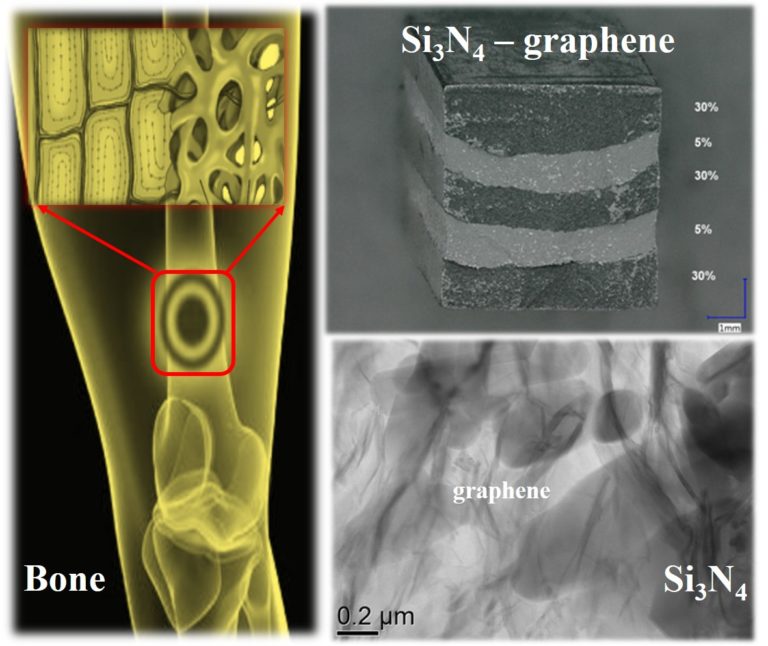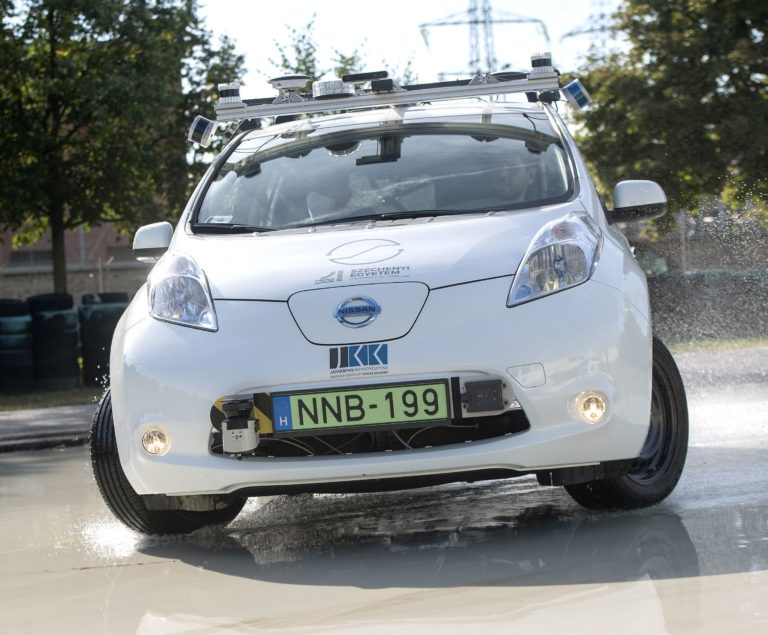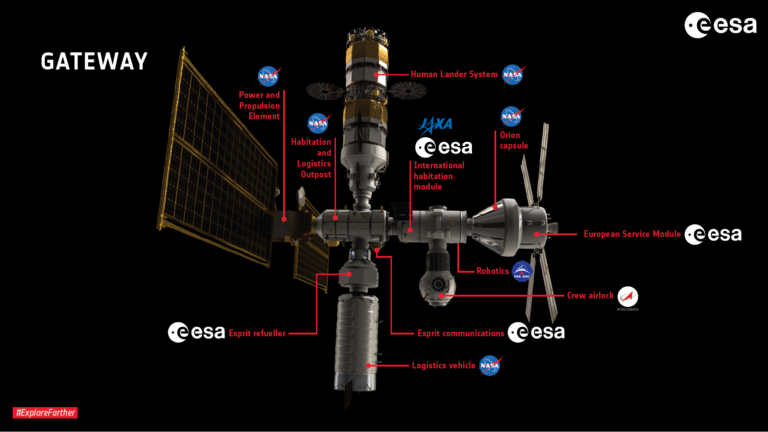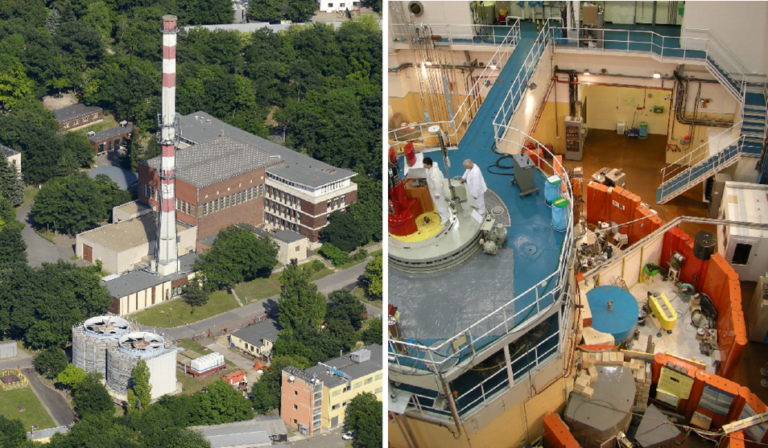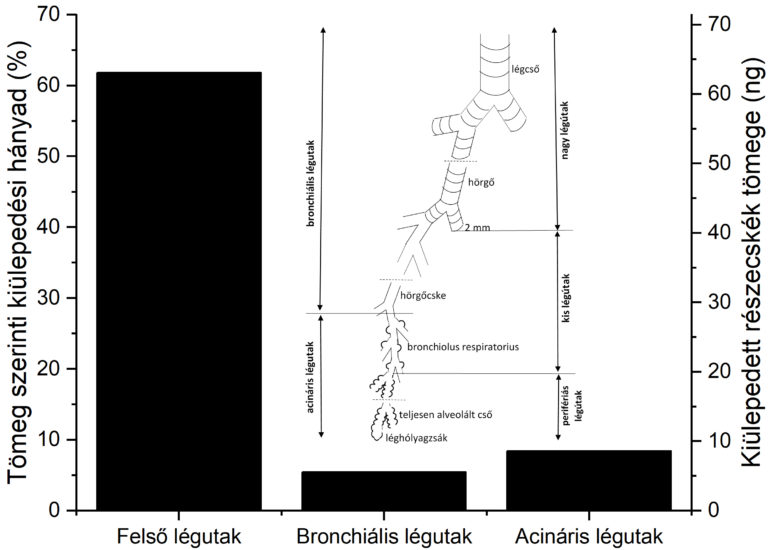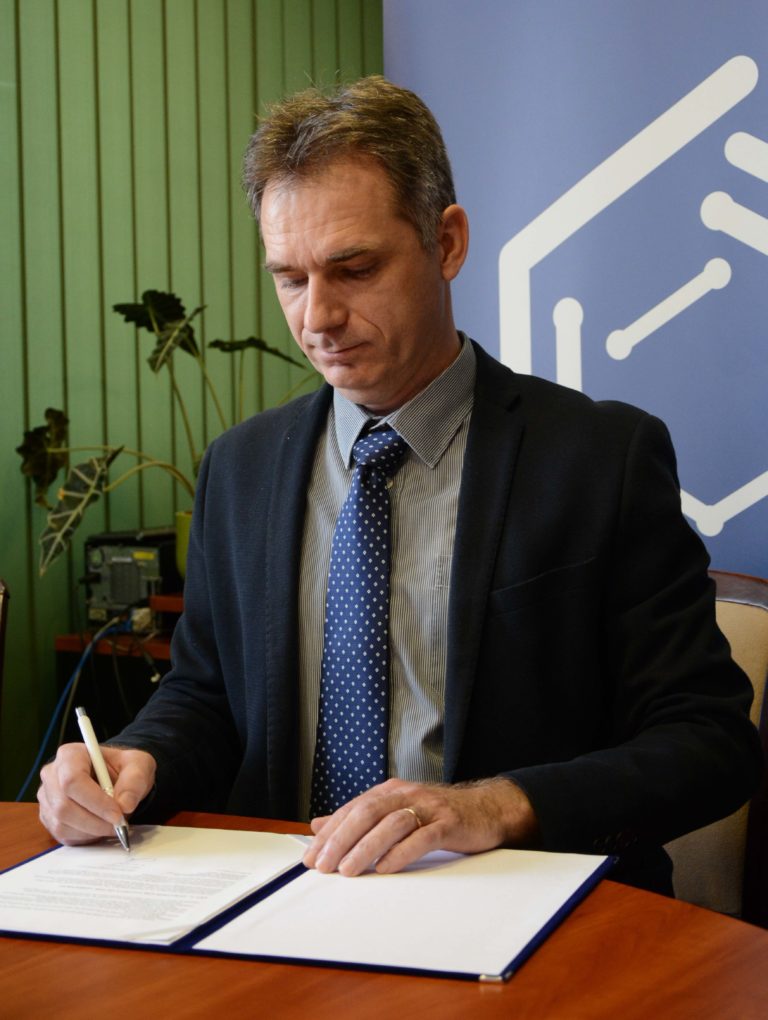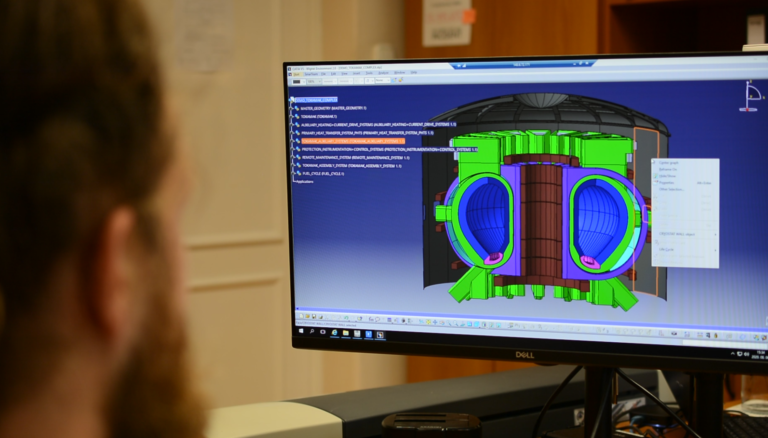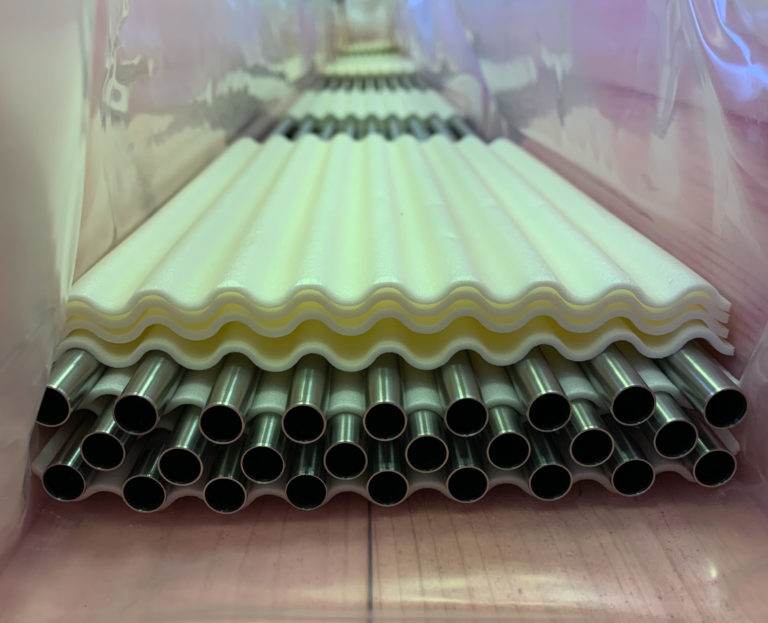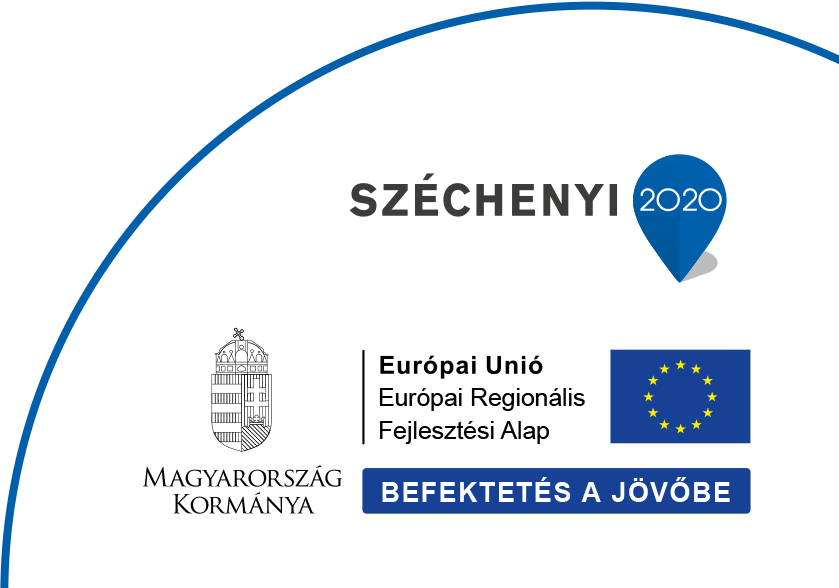Ferenc Mezei received the Lise Meitner Award
The Centre for Energy Research (EK-CER) is proud to announce and congratulate to Professor Ferenc Mezei, who has received the 2021 Gothenburg Lise Meitner Award, a prestigious prize of the Chalmers University of Technology (Gothenburg, Sweden, https://www.chalmers.se/en/centres/gpc/activities/lisemeitner/Pages/default.aspx). Ferenc Mezei has strong relations and long history with EK-CER and the Budapest Research Reactor (BRR) as a part of it. His major inventions as mentioned in the awarding laudation “For the inventions of the neutron spin echo method …


